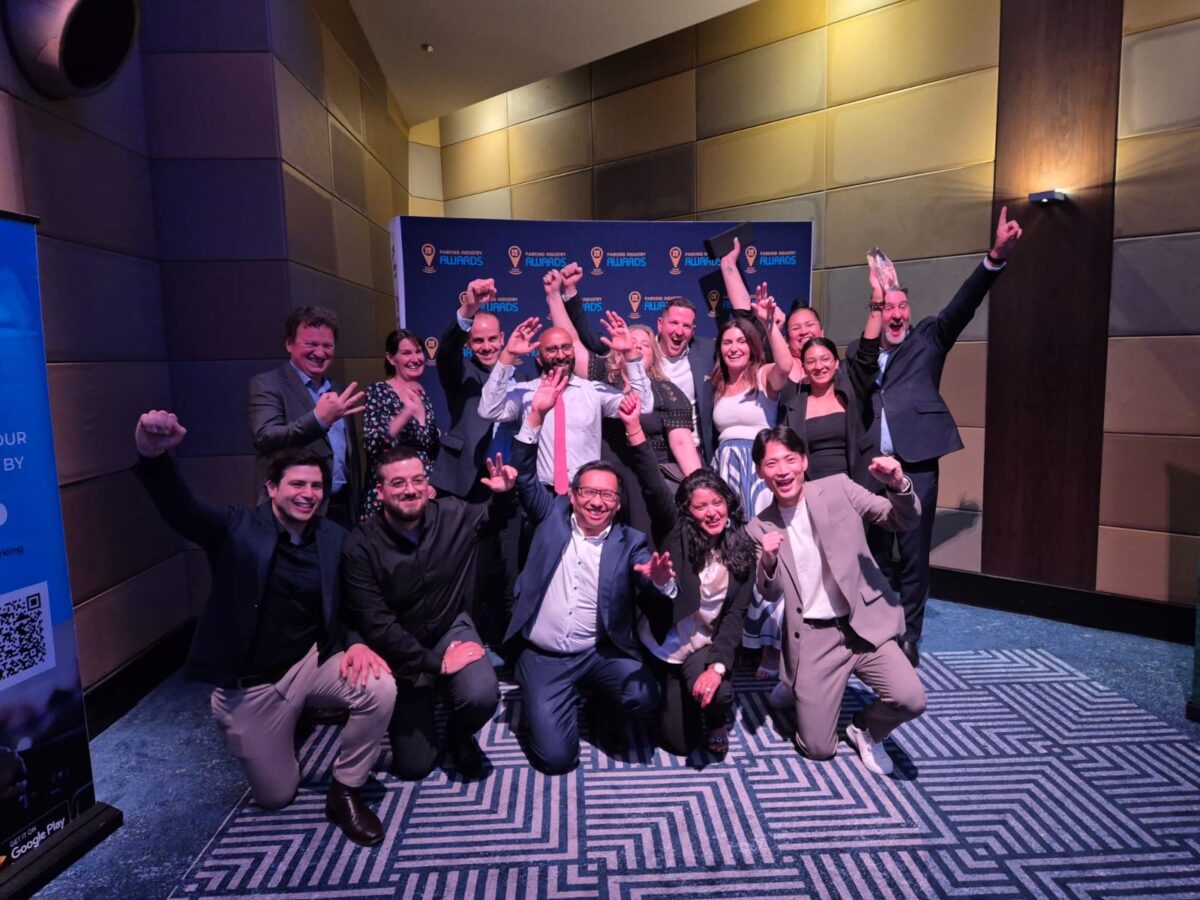Insights
Popular Articles
Latest Articles

How do EVs stack up?
A lot of people have written extensively about how electric vehicles stack up to hybrids, petrol-only, hydrogen fuel cell vehicles, and so on. In summary, though, your EV’s efficiency is impacted by manufacturing, where and how you drive, and how sustainable your power supply is.
Manufacturing
When it comes to manufacturing vehicles, we have the advantage of more than a century of ICE manufacture behind us. Ever since cheap oil muscled early electric vehicles out of the market in the 1900s, auto manufacturers have been finding ways to produce ICE vehicles at scale, cheaply.
The same can’t be said of EVs. Although the first vehicles were electric, they haven’t been produced at scale until relatively recently. The batteries now used in those vehicles are at the end of a long and resource-intensive supply line—so if we only compare the manufacture of each kind of vehicle, there are more global warming emissions associated with producing electric.
Driving
Where the rubber hits the road, EVs begin to catch up with their ICE cousins.
The Union of Concerned Scientists USA reports that, to match the global warming emissions of an average EV, a petrol vehicle would need to achieve a fuel efficiency of 91 miles to the gallon—which translates to just under 39 kilometres per each litre of fuel.
Like with ICE cars, certain kinds of driving and certain terrains change how efficient a vehicle is, but they determined that, on average in the USA, an EV will break even on that emissions-intensive battery in 22 months of driving.
Energy supply
It also depends—maybe obviously—on how dirty your grid is.
When we talk about well-to-wheels analysis of ICE vehicles, we’re referring to the whole supply chain for petrol, which is famously inefficient—80% of the energy is usually lost in the process of extraction, refinement, evaporation, and so on.
The same kind of consideration has to go into assessing whether the energy source by which you charge your EV is sustainable. In 2019, researchers from the University of Queensland wrote that depending on in which part of the country you recharged it, your EV’s emissions could vary from between 20% lower than a petrol vehicle to 88% lower. And they also discovered that a disproportionate (compared to the general population) number of EV drivers used solar power as part of their recharging—which is certainly more sustainable than drawing from the grid.
Over its lifetime, an electric vehicle will always produce fewer emissions
On environmental impact, an EV will beat out an internal combustion engine vehicle.
But that’s measured across its lifetime. Remember, on average, that car doesn’t “break even” compared to an ICE vehicle until years after you start driving it. To really compound the benefits of your electric vehicle, you would need to keep driving it for years more.














